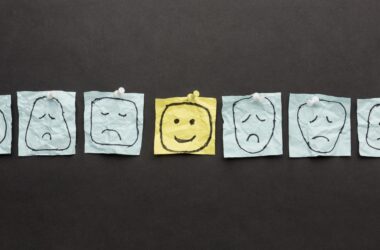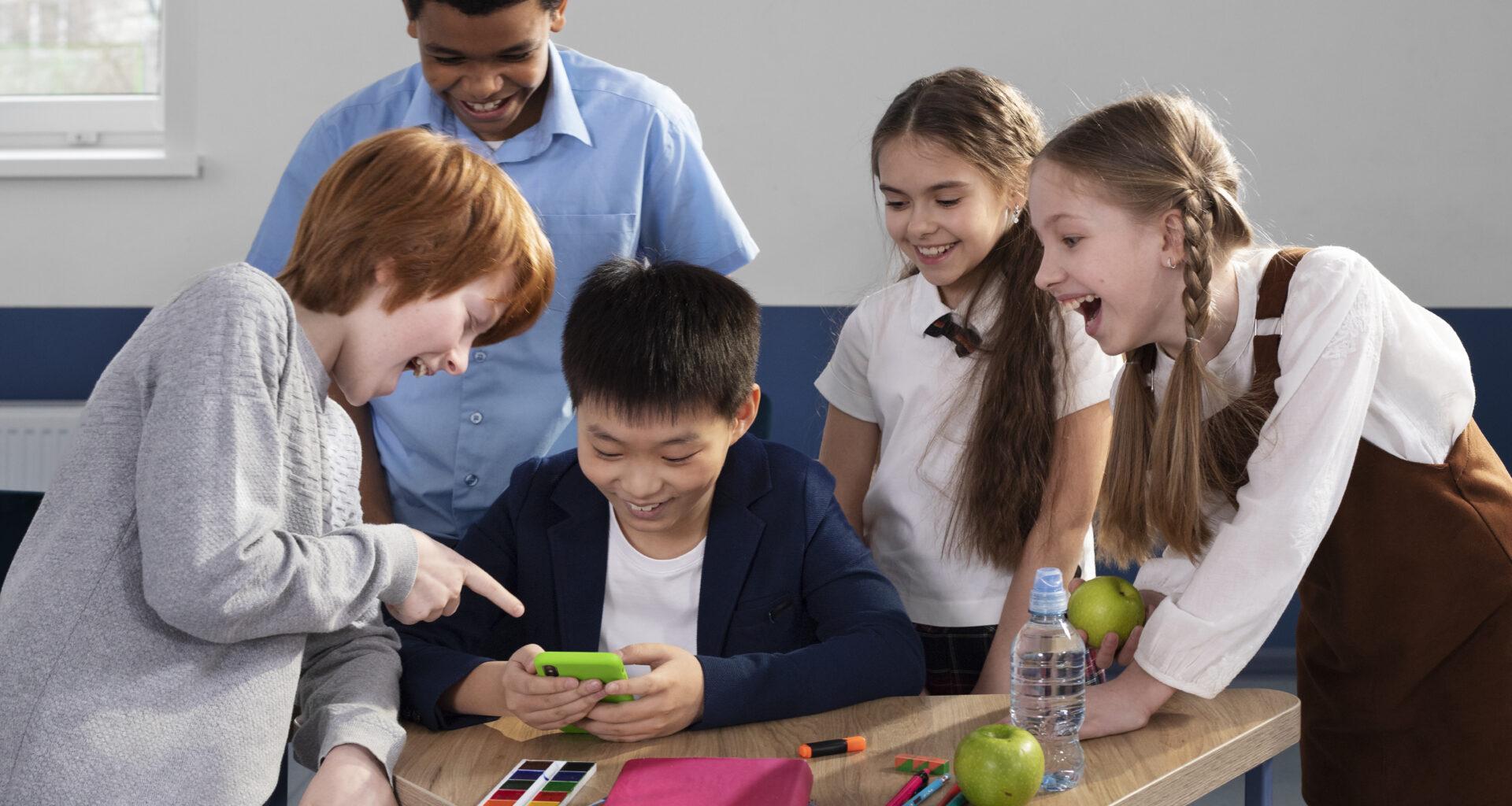Beginning work at a new school may be both exciting and worrisome. In addition to adjusting to a new culture, you must learn the intricacies of teaching a new class of students. You don’t have to work alone, though. Building rapport with your coworkers can have a significant impact uon both your career and personal development. This post will teach you some great strategies for relationships for collaboration in school, as well as how to avoid some typical pitfalls.
What is Positive Relationships in School Work?
Relationships for collaboration in school are necessary and they are marked by trust, respect, and love for each other. In a school setting, this shows students that their teachers and peers respect, see, and hear them. Relationships that are healthy are built on understanding, empathy, and open conversation.A young child is more likely to be healthy and do well in school if they feel like they fit and are connected to other people at school. To be successful in life, a person needs to be able to build, care for, and keep strong ties.
The Benefits of Collaboration with Positive Relationships
Positive interactions are extraordinarily advantageous to the mental health of adolescents. Listed below are several reasons why they relationships for collaboration in school are so crucial:
Deeper Understanding:
Trust, open conversation, empathy, and cultural sensitivity are all important for understanding how to build good relationships for collaboration in school and work together. It means creating a safe place to work that values different points of view, encourages ongoing learning, and uses feedback systems to drive progress. These kinds of interactions help people work together to make strong links, come up with new ideas, and achieve success.
Enhanced Learning:
Maintaining positive relationships for collaboration in school can also have a significant impact on academic performance. If students believe they have a relationship with their teachers, they are more likely to attend class, participate, and finally achieve their academic goals. Furthermore, kids who get along well with their classmates are more likely to collaborate and feel comfortable asking for assistance when they need it. We can help our children succeed in school by emphasizing the importance of classroom relationships.
Improved Problem-Solving:
To solve problems well, you need to carefully understand the problems, use your creativity, and put strategic answers into action. Teams that promote critical thought, a growth mindset, and an openness to change can get past problems faster, spark new ideas, and reach their objectives.
Stronger Communication Skills:
Take the time to listen, speak clearly, show empathy, and give helpful comments if you want to improve your communication skills. People on a team who can talk to each other well can easily share ideas, stay on task, and work well together. It makes things easy to figure out, builds trust, and boosts confidence. This helps projects and teams do better.
Increased Motivation & Engagement:
Relationships for collaboration in school require two-way communication, allowing people to understand and respect one another. People in the community learn about the achievements of surrounding schools and children, and they are more willing to participate in activities that benefit these schools.
Initiating Positive Relationships for Collaboration
Building good ties with other people can have a big effect on how students act and how they feel about learning. Kids are more likely to behave well in class if they feel like they are connected to, respected by, and appreciated by their teachers. Also, they might be more motivated to learn and use what they’re given in class. When we put strong relationships first in the classroom, we can make it a place where kids feel safe, supported, and able to participate.
Be Open and Approachable
People on your team will be more likely to share their ideas, ask for help, and work well together if you are friendly and easy to get in touch with. It makes the place friendly so that everyone feels like they are valued, heard, and motivated to do their best for the cause.
Embrace Teamwork
Teamwork leads to unity, which is when everyone works together to make things better than they could have done on their own. It brings people together, gives them a sense of purpose, and encourages them to work together. This encourages new ideas, more work, and a greater sense of success among team members.
Communicate Effectively
Good discussion clarifies things, reduces misconceptions, and makes collaboration simpler. It entails actively listening, ensuring that ideas are clearly presented, exchanging feedback, and being able to modify your communication style so that everyone on the team understands and agrees.
Celebrate Successes (Big and Small)
Celebrating and recognizing successes, whether they are big steps forward or small wins, raises morale, motivates teammates, and strengthens team unity. It helps keep the workplace healthy, encourages ongoing performance, and shows how important it is to work together to reach shared goals.
Maintaining Positive Relationships Throughout the Project
Here is how to make relationships for collaboration in school work better:
Respect Differences
Respecting that people have different ideas, backgrounds, and ways of doing things helps create a friendly and cooperative team atmosphere. It promotes open-mindedness, empathy, and a respect for different points of view, which leads to better teamwork and more creative results.
Practice Effective Conflict Resolution
Dealing with disagreements in a healthy way, by knowing and respecting different points of view, helps people get along better and build relationships. It means paying attention, trying to find things that everyone can agree on, coming up with answers that work for everyone, and using disagreements to make the team work better together.
Maintain Open Communication
Making sure that everyone on the team can talk to each other in an open and honest way all the time helps everyone work together. To keep trust, clarity, and teamwork strong throughout the project’s lifecycle, people need to share information, updates, and feedback on a regular basis, encourage conversation, and deal with concerns quickly.
Conclusion
For teams and projects to function well in school, students and teachers must get along, collaborate well, communicate clearly, and celebrate successes. They promote trust, drive, teamwork, and clarity, all of which promote creative thinking and strong resilience. When they work for better relationships for collaboration in school, they raise the spirits of the workforce, encourage teamwork, and make sure that everyone is working toward the same goal. This creates a dynamic work environment and outstanding results.
FAQs
Collaborate effectively by listening to peers, sharing ideas, taking an active part in group initiatives, and working toward common objectives.
Collaboration in education means working together to get things done, sharing responsibilities, and using each person’s skills to reach group goals.
Students contribute significantly to collaboration because they participate in group activities, treat one another with respect, communicate well, and improve the group dynamic.







